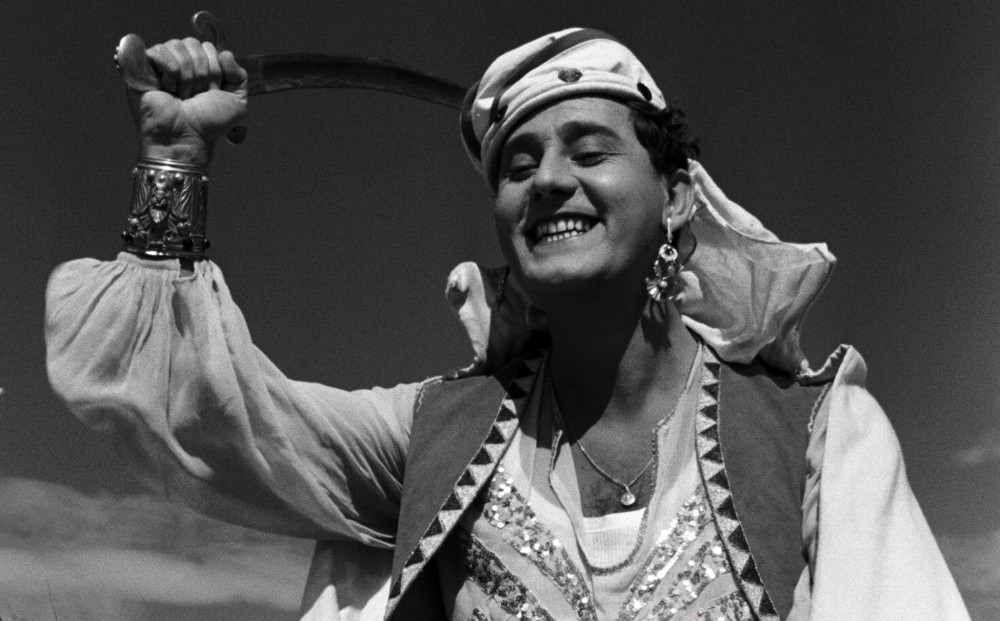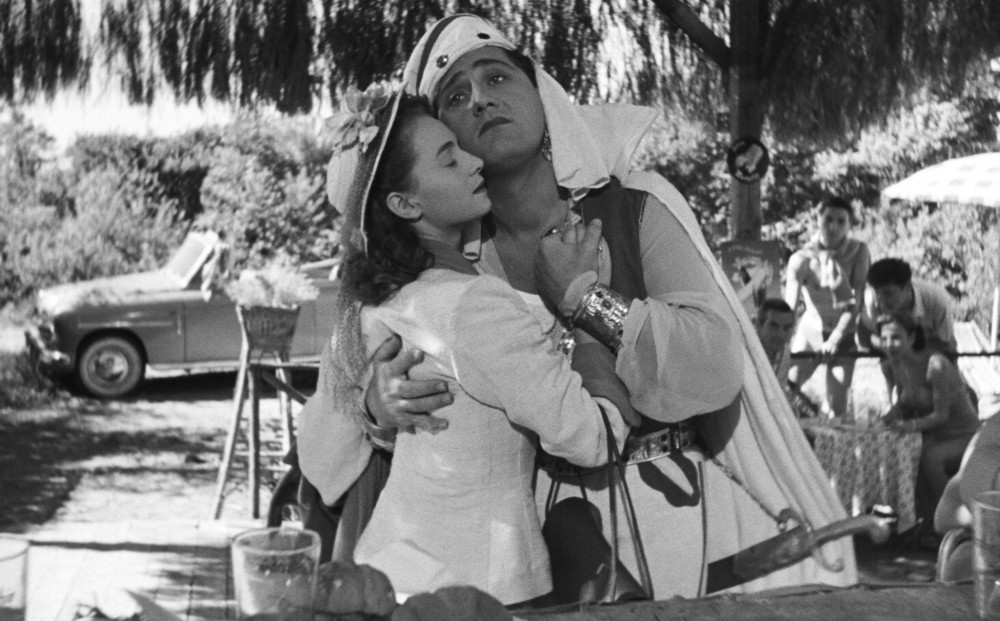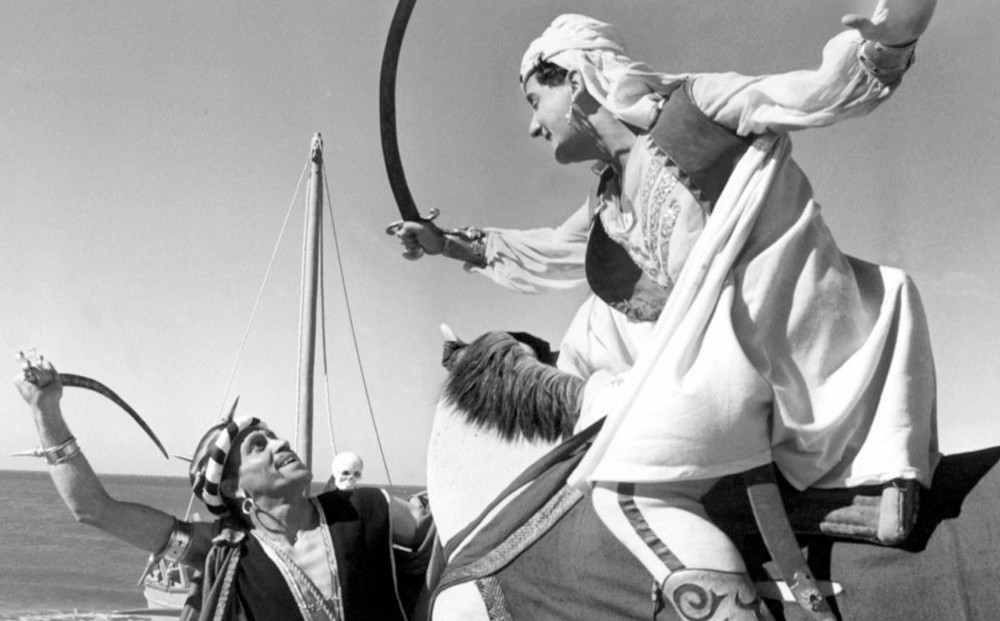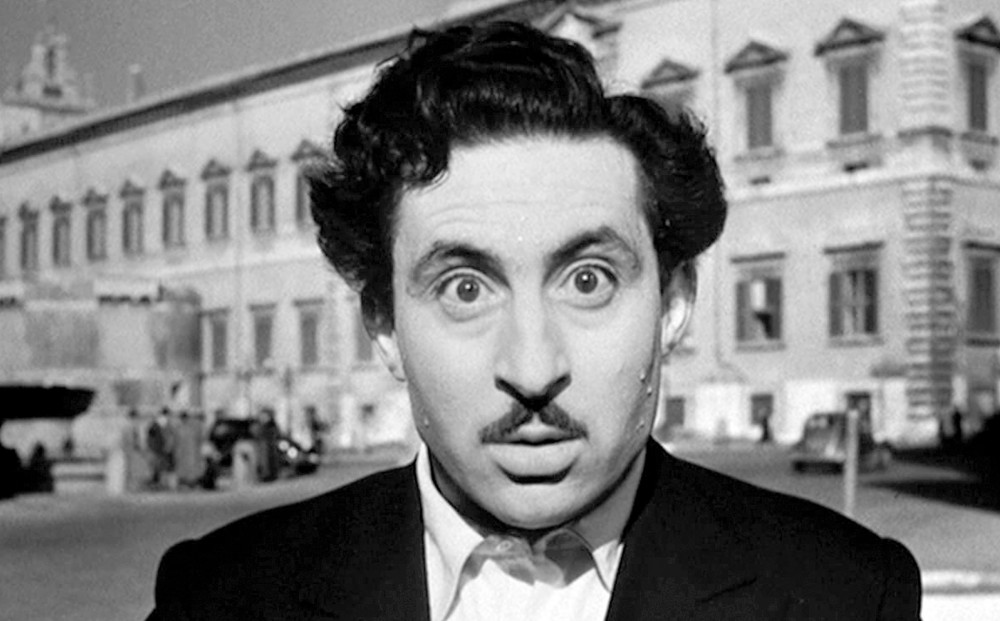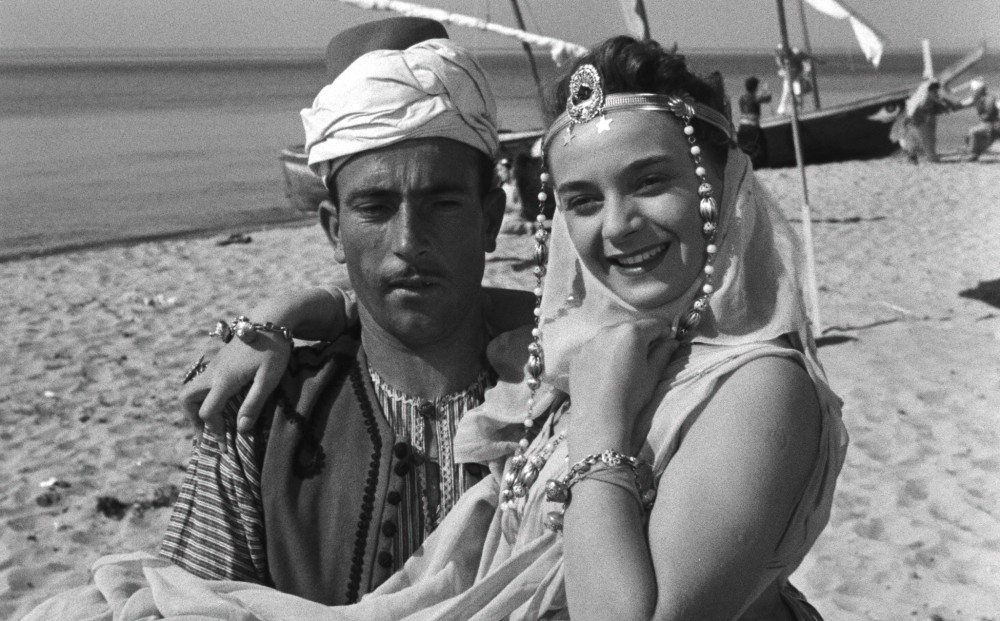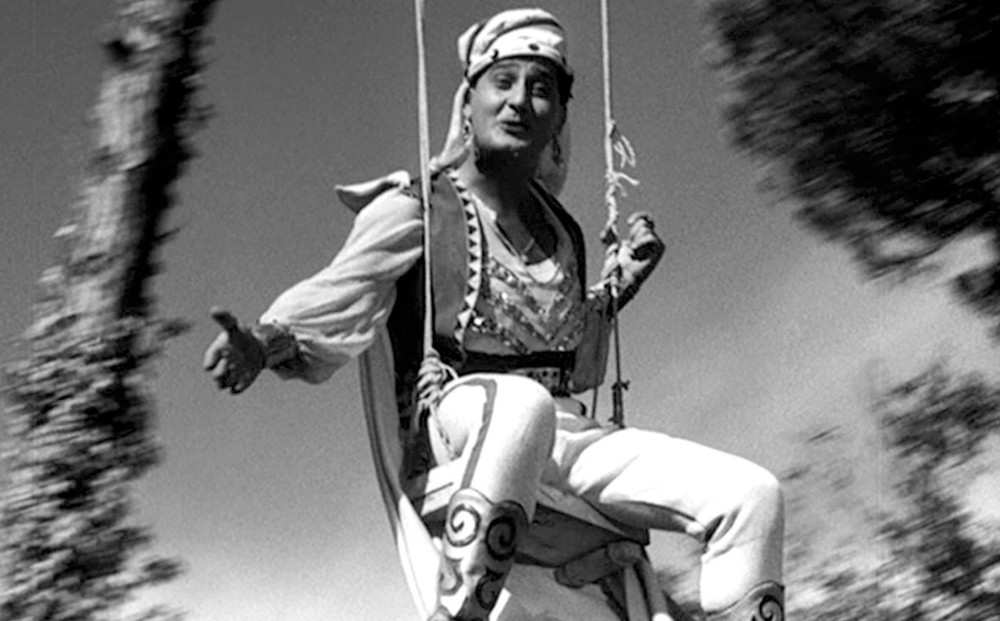Fellini’s
THE WHITE SHEIK
Must End Tuesday, January 21
NEW 4K RESTORATION
Starring Alberto Sordi
3:45 & 6:00
(1952) Provincial Leopoldo Trieste’s Roman honeymoon plans go sour when bride Brunella Bovo goes missing, even as his family (including an uncle, who’s “very high up in the Vatican”) is waiting in the hotel lobby for that first meeting, en route to a papal audience (along with 200 other couples).
But super-fan Bovo’s first priority is to meet the “The White Sheik” (Sordi), fantasy hero of her beloved fumetti (comics, but illustrated with photographs). When she finally arranges a tryst with her dream man, she finds herself whisked away to a location shoot on the beach at Fregene, and on a sailboat with the Sheik himself, only to find he’s not what he’s cracked up to be.
Sordi’s “marvelous performance” (Pauline Kael) launched his international reputation, after 15 years in movies, most famously as the Italian voice of Oliver Hardy. (Upon hearing Hardy’s real voice for the first time, Fellini remarked, “Where’s Alberto Sordi?”)
Fellini fought his producer to cast both Sordi, not yet considered leading man material (following Fellini’s I Vitelloni in 1953, he became one of Italy’s biggest stars), and, for the hapless husband, Leopoldo Trieste, a theater actor and playwright who’d appeared in only one earlier movie (White Sheik would launch a long film acting career, with credits including I Vitelloni, Divorce Italian Style, The Godfather Part II, and Cinema Paradiso). Twenty-one-year-old Brunella Bovo had appeared in De Sica’s classic Miracle in Milan the year before.
The White Sheik is set against the world of the fotoromanzo (“photo novel”), photographed fumetti (comics), most often love stories, which became enormously popular just after World War II, especially among teenage girls and young women.
Michelangelo Antonioni chronicled the fotoromanzo craze in his 1949 short L’amorosa menzogna (Lies of Love). Three years later, Antonioni would collaborate with Fellini, along with the director’s frequent collaborator Tullio Pinelli, on the story of The White Sheik.
Fellini’s solo directorial debut (following 1950’s Variety Lights, which he co-directed with Alberto Lattuada) also marked his first collaboration with composer Nino Rota, who’d create unforgettable scores for most of the director’s future masterworks, and the first appearance of a friendly streetwalker named “Cabiria” (played by Fellini’s wife Giulietta Masina), who four years later would be the central character of the Fellini masterpiece Nights of Cabiria. DCP restoration. Approx. 83 min.
The new restoration also features an all-new translation and subtitles.
A RIALTO PICTURES RELEASE
Reviews
“The most charming, least overweening film Fellini ever made.”
– J. Hoberman, The New York Times
“Probably the most gentle and naturalistic of Fellini’s films.”
– Pauline Kael
“My Favorite Fellini Movie.”
– Orson Welles
“As hilarious as any Italian farce ever made.”
– Vincent Canby, The New York Times

